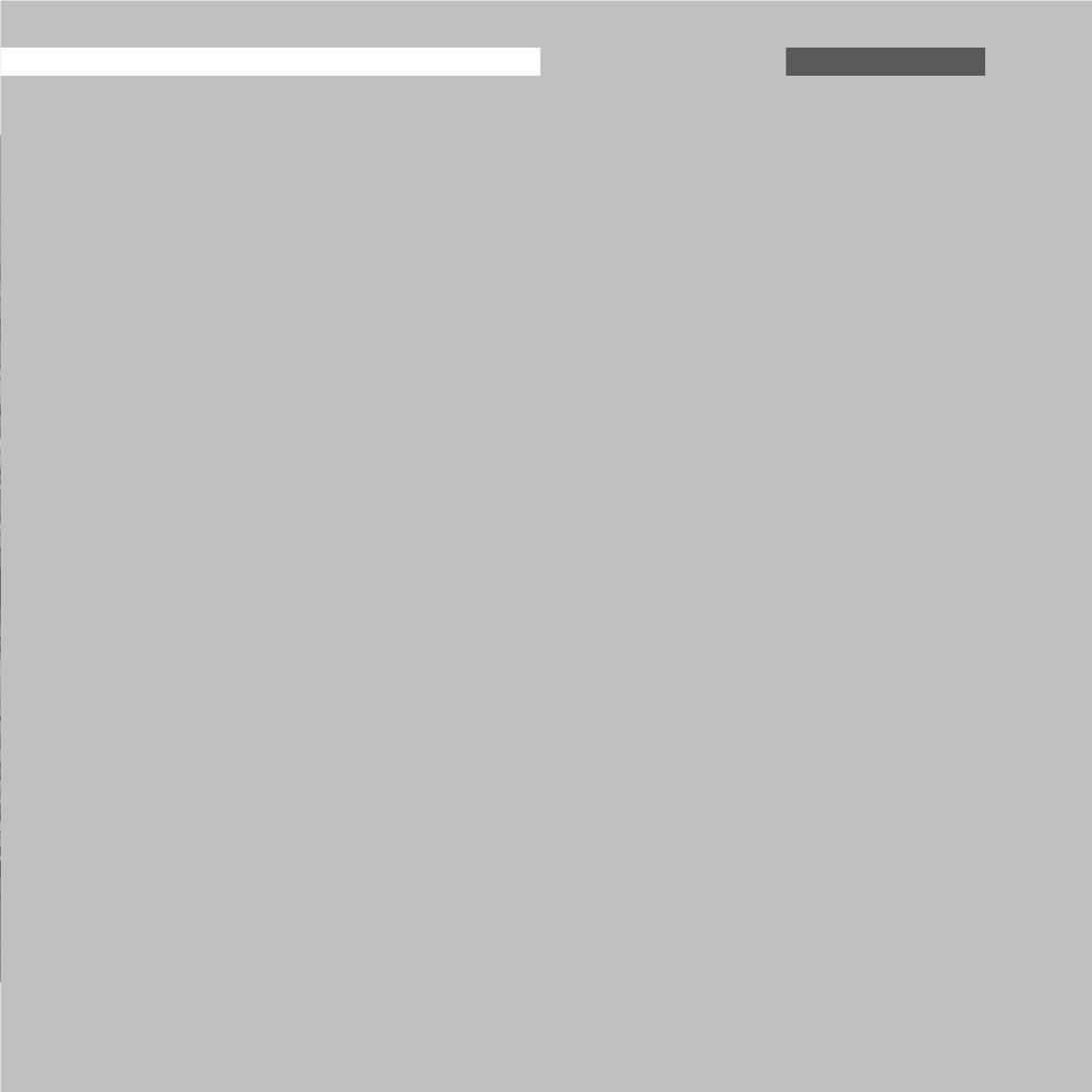

Investment
in Arriyadh
51
fast food and coffee bars are present, causing one American to
comment a few years ago, that it was almost as if he was still
home in the States.
But while there is excellent international, not least Lebanese
cuisine to be found, Arriyadh’s identity has been far from
subsumed by outside influences. There are some outstanding
restaurants serving delicious regional Nejdi food in traditional
mud-brick built surroundings and scattered around the city there
are numerous simpler eateries serving traditional fare.
Housing Demand in the Saudi Capital
Make no mistake, Arriyadh is still a very Saudi city with strong
Saudi values. The family remains the mainstay of Saudi society,
to an extent that is not always appreciated by visitors from other,
particular Western countries. But there are important changes
taking place. Statistics collected by the ADA show that there are
774,000 households in the capital, with an average size of 6.2
individuals. That still large figure disguises the fact that within
the last decade, the number of nuclear as opposed to extended
families has grown from 67 percent to cover three quarters of
the city’s population. Changing work/life balances, coupled with
increasing pressure of property size and prices, mean that the
size of households is shrinking while their number is increasing.
The ADA is predicting that within a decade there will be some
1.1 million households.
There is another important statistic to be borne in mind here.
Arriyadh is a very ‘young’ city in that more than a third of its
Saudi population is under 15 years of age. This poses both a
challenge and an opportunity. The challenge is not simply finding
jobs for these young people. There is also the issue of housing.
With property prices rising in the face of strong demand, it
is becoming ever harder for young married couples to finance
their first home. If they can, families will seek to assist with
deposits. Fortunately in recent years the banking and financial
sector has been bringing a range of mortgage products to the
market, which increased competition is making more attractive.
Meanwhile the government, conscious of the pressure on home
ownership and rental, has been accelerating its plans to build
more social housing. This nationwide drive applies particularly
to fast-growing Arriyadh where the demand is greatest. Fully 90
percent of recent construction activity in the capital has been for
residential or commercial office buildings. Nevertheless, demand
for housing outstrips supply by some six percent.
By contrast, while not all office building by the private sector
has been speculative, the construction of commercial space has
in recent years tended to outstrip demand. This means that
businesses establishing themselves in Arriyadh can often find the
space they need on attractive terms.
Despite its steadily growing population, Arriyadh has never
suffered a serious housing shortage. Construction has responded
to, and indeed exceeded, government demands to produce high
quality and affordable accommodation. Most recently the city has
completed 105,000 housing units in nine separate projects, all of
them private, bringing the overall number to more than 831,000.
There remains however the challenge of building more housing
for low and low-medium citizens.
The capital’s ability to keep pace with housing demand is in
contrast with other cities in the Kingdom. However the ADA
recognizes that even Arriyadh still faces challenges. Countrywide,
Saudi Arabia will require an additional two million housing
units by 2016. That is why the Government committed itself to
spending over $89 billion on the construction of new homes, a
significant proportion of which funding is being directed to the
capital.
There has also been an important relaxation in mortgage laws,
in order to encourage home ownership. Saudis can now borrow
up to SR500,000 ($133,000), SR 200,000 more than previously, to
build or acquire their own places.
Of particular interest to investors, not least retailers in the Fast
Moving Consumer Goods, white goods and electronics sectors is
the fact that Arriyadh is one of the world’s richest cities where
many Saudi families enjoy high disposable incomes. The average
per capita is currently SR 57,000 ($15,200) and is projected to
reach SR 98,500 ($26,300) ten years from now.
Economists have pointed out part of the recent slowdown in
economic growth can be attributed the high credit levels and
families pulling in their financial horns. Nevertheless, few Saudis
could be classed as poor. And as the Nitaqat programme brings
more and more, particularly young people, into the workforce,
the purchasing power of Arriyadh citizens is only set to increase.
One of the most telling aspects of the capital’s expansion has
been that although the speed of urban growth could rightly
be characterised as ‘breakneck’, it has been almost completely
overseen and controlled by the ADA. The organisation’s
planners, though careful zoning, have gone the extra mile to
ensure that the rush to grow has been both manageable and
coherent.
















